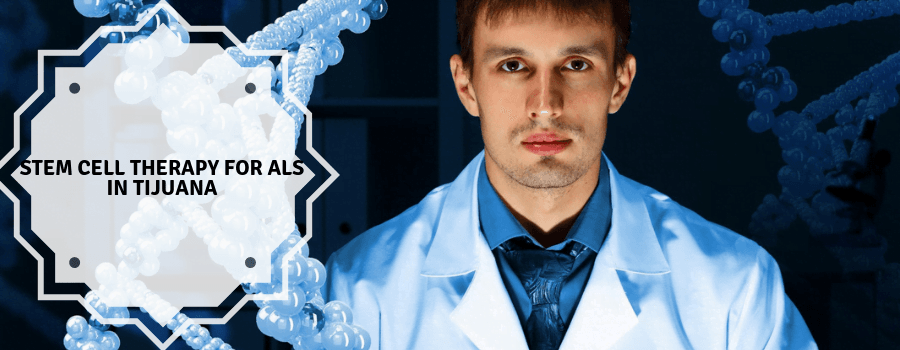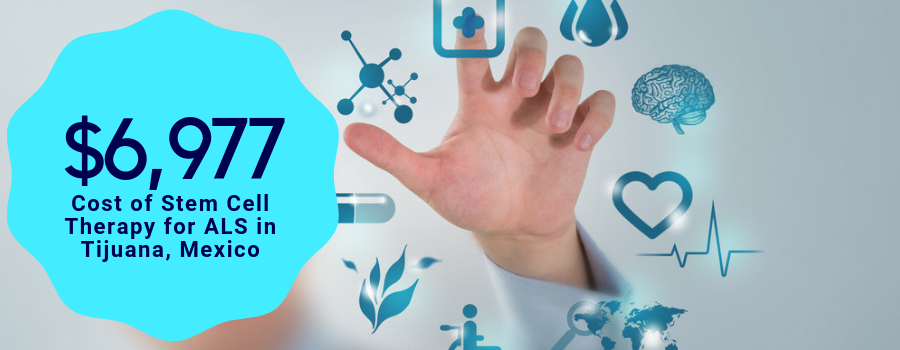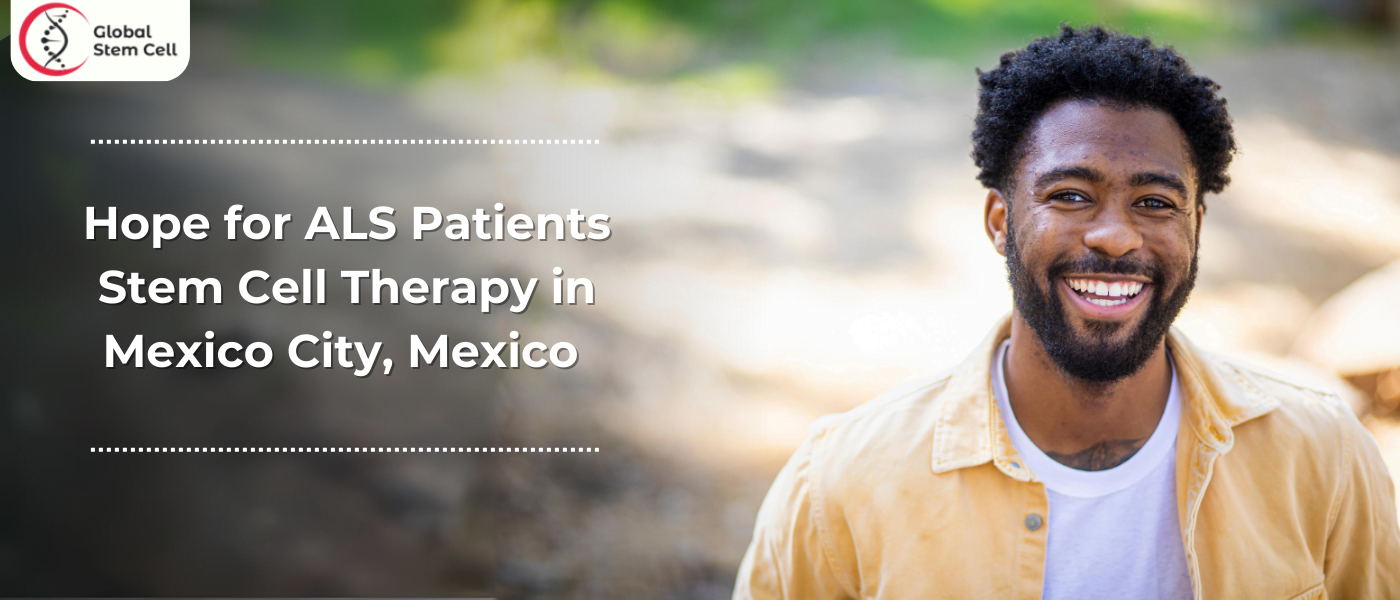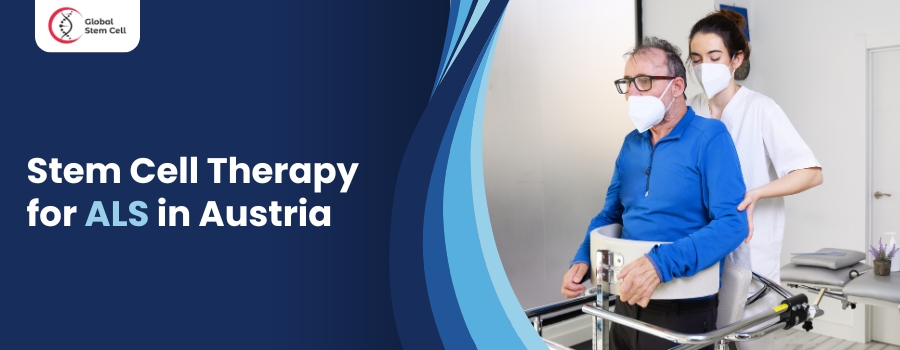
Stem Cell Therapy in Tijuana Mexico – A Ray of Hope for ALS Patients
Table of Content
In the bustling city of Tijuana, Mexico, a beacon of hope emerges for those battling the relentless progression of Amyotrophic Lateral Sclerosis (ALS). “A Ray of Hope: Stem Cell Therapy for ALS Patients” delves into the groundbreaking advances taking place just south of the U.S. border, where medical pioneers are pushing the boundaries of what’s possible in neurodegenerative disease management.
Stem cell therapy, a contentious subject in the realm of medical treatments due to its novel nature and ethical considerations, is experiencing a transformative period in Tijuana. The city’s healthcare specialists are harnessing the therapy’s regenerative promises by methodically cultivating and reintroducing stem cells into ALS patients. This procedure has shown a potential not just in slowing the debilitating symptoms of ALS, but also in fostering neural regeneration, offering improvements in patients’ quality of life that were previously thought unattainable.
Amidst the backdrop of Tijuana’s innovative medical scene, this therapy is not merely a clinical trial but a testament to the resilience of human endeavor in the face of devastating illness. Our exploration begins at the nexus of hope and science, in a city that’s rapidly becoming a sanctuary for those seeking alternative, potentially life-altering ALS treatments.
What is ALS?
Amyotrophic Lateral Sclerosis (ALS) is a progressive neurodegenerative disorder that predominantly affects motor neurons, the nerve cells responsible for controlling voluntary muscles. This degeneration ultimately leads to the inability of the brain to initiate and control muscle movement, and eventually, to total paralysis. While the journey into understanding ALS is ongoing, below we delve into the causes, symptoms, and diagnosis associated with this condition.
Causes
The exact cause of ALS remains largely unknown. However, it is understood to be multifactorial, with a combination of genetic and environmental factors contributing to the development of the disease.
- Genetic Factors: Approximately 5-10% of ALS cases are “familial,” meaning the disease runs in the family. Researchers have identified several genetic mutations associated with these cases, with the mutation on the C9ORF72 gene being the most common.
- Environmental Factors: While not as clearly understood as genetic factors, certain environmental elements are believed to play a role in ALS development. These may include exposure to toxic substances, heavy metals, or certain viruses, as well as lifestyle aspects like dietary habits and occupational hazards.
- Other Factors: Age (most common in people between the ages of 40 and 70), gender (slightly more prevalent in males), and race (more common in Caucasians) are demographic factors associated with ALS risk.
Symptoms
ALS symptoms are progressive and worsen over time, varying significantly from person to person. Early signs and symptoms may include:
- Muscle Weakness: Often observed in the hands, arms, or legs, which can manifest as difficulty in gripping, walking, or performing routine tasks.
- Speech Changes: Slurred speech or difficulty in forming words (dysarthria).
- Muscle Cramps and Twitching: Especially in the arms, shoulders, and tongue.
- Breathing Problems: Occur as the condition progresses and muscles in the respiratory system weaken.
- Difficulty Swallowing (Dysphagia): This can be an early symptom for some and a later one for others.
As the disease advances, symptoms extend to more profound physical disabilities, ultimately leading to total paralysis.
Diagnosis
Diagnosing ALS is challenging, primarily because its symptoms can be similar to several other neurological diseases. There is no single test to diagnose ALS, so the process involves a series of steps:
- Medical History and Physical Exam: A comprehensive review of the patient’s health history, a neurological examination, and discussions about symptoms and their progression.
- Electromyography (EMG) and Nerve Conduction Study (NCS): These tests measure the electrical energy of muscles and the speed and degree of electrical activity within them, helping to identify nerve dysfunction.
- Magnetic Resonance Imaging (MRI): While not used to diagnose ALS directly, MRI can rule out other conditions with similar symptoms, such as spinal cord tumors or herniated discs.
- Blood and Urine Tests: These are primarily used to rule out other conditions and deficiencies.
- Muscle Biopsy: If another muscle disease might be the cause of the symptoms, a biopsy might be needed to exclude that possibility.
How Stem Cell Therapy helps in ALS Treatment?
Stem cell therapy represents a significant beacon of hope in the treatment of Amyotrophic Lateral Sclerosis (ALS), primarily due to the unique properties of stem cells and their potential role in neuroregeneration and protection. Although research is still ongoing, and stem cell therapy is not yet an established treatment standard for ALS, early studies and trials have provided promising insights. Here’s how stem cell therapy is perceived to help in ALS treatment:
- Neuron Protection and Replacement: In ALS, motor neurons deteriorate, causing severe neuromuscular deficits. Stem cells, particularly those derived from embryos and induced pluripotent cells, have the capacity to differentiate into virtually any cell type, including neurons. The idea is to use these cells to create healthy motor neurons that could replace the damaged ones or support the existing neurons, potentially slowing or halting disease progression.
- Anti-inflammatory Effects: Chronic inflammation is believed to exacerbate the progression of ALS. Certain types of stem cells can exert anti-inflammatory effects that protect against inflammatory damage to neurons. By reducing inflammation, stem cells could potentially preserve surviving neurons for more extended periods, slowing the course of the disease.
- Secretion of Neurotrophic Factors: Stem cells can produce growth factors, also known as neurotrophins, which are essential for the growth and survival of neurons. These substances could help protect remaining healthy neurons from degeneration, provide an environment for regenerating nerve tissue, and possibly stimulate the patient’s own stem cells to aid in the healing process.
- Immunomodulation: Research suggests that ALS may be partially caused or exacerbated by a person’s immune system attacking their own motor neurons (autoimmunity). Some types of stem cells, particularly mesenchymal stem cells (MSCs), have immunomodulatory properties that can alter immune system responses and promote an environment more conducive to neuronal repair and survival.
- Enhancing Rehabilitation: While not directly halting or reversing the disease, the neuroprotective and regenerative properties of stem cells can potentially improve the effectiveness of rehabilitation interventions by preserving or enhancing muscle function, thereby improving the patient’s quality of life.
Best Stem Cell Therapy Clinics in Tijuana Mexico
Tijuana, Mexico, has become a sought-after destination for medical tourism, especially for procedures like stem cell therapy. If you are considering stem cell therapy in Tijuana, it’s crucial to do thorough research and select a reputable clinic that adheres to international medical standards. Here are some of the recognized stem cell therapy clinics in Tijuana:
Regenerative Medicine by ITC – Immunity Therapy Center
With a commitment to excellence and innovation, Immunity Therapy Center’s regenerative medicine division offers top-notch stem cell therapy.
Led by a team of experienced medical professionals, including renowned stem cell experts, the clinic provides personalized treatment plans tailored to each patient’s unique needs. Whether it’s combating chronic conditions or promoting overall wellness, Immunity Therapy Center is dedicated to delivering outstanding results.
As a frontrunner in regenerative medicine, Progencell is renowned for its expertise in stem cell therapy. With state-of-the-art facilities and a team of skilled professionals, the clinic offers a wide range of stem cell treatments for various medical conditions.
From degenerative diseases to orthopedic injuries, Progencell employs advanced techniques to harness the therapeutic potential of stem cells. With a track record of success and a commitment to patient care, Progencell continues to redefine the landscape of regenerative medicine in Tijuana.
Cost of Stem Cell Therapy for ALS in Tijuana Mexico

The average cost of Stem Cell Therapy for ALS in Tijuana, Mexico starts from $6,977. Final prices are determined after physical evaluation and laboratory reports analysis.
Note: Final Cost are determined after physical evaluation and laboratory reports analysis for the treatment.
Benefits of Stem Cell Treatment for ALS in Tijuana Mexico
While stem cell treatment for ALS (Amyotrophic Lateral Sclerosis) remains experimental worldwide, Tijuana, Mexico, has become a notable destination for this form of therapy due to various reasons. Patients considering this option seek benefits that include:
- Advanced Treatment Options: Some clinics in Tijuana are known for using advanced stem cell therapy protocols that might not yet be available in other countries, providing patients with access to treatments that they could not otherwise receive.
- Lower Costs: One of the significant advantages of seeking stem cell treatment in Tijuana is the cost. The expenses related to stem cell therapy can be considerably lower in Mexico compared to countries like the United States, making it a more accessible option for many patients.
- Less Red Tape: The regulatory environment in Mexico allows for greater flexibility in the use of experimental treatments, including certain types of stem cell therapies. Patients who may face long waiting periods or strict eligibility requirements in their home countries might find Tijuana’s clinics more accessible.
- Comprehensive Care Models: Some clinics in Tijuana offer integrative care models for ALS patients. In addition to stem cell therapy, they might provide physical therapy, occupational therapy, and nutritional support, all intended to enhance the quality of life for patients.
- Personalized Patient Care: Many of these clinics emphasize personalized treatment plans. The specialists often spend considerable time with patients, conducting thorough examinations and customization of treatment protocols to suit individual needs.
- Medical Tourism Infrastructure: Tijuana has a well-established medical tourism industry. The city is equipped to offer international visitors a range of services, from translation to comfortable accommodations, easing the logistical aspects of receiving treatment abroad.
FAQS about Stem Cell Therapy for ALS in Tijuana Mexico
What type of stem cells are used for treating ALS?
The type of stem cells used can vary, but clinics often use mesenchymal stem cells (MSCs) derived from adipose tissue, bone marrow, or umbilical cord blood. These cells are favored for their ability to differentiate into various cell types, their anti-inflammatory properties, and their capacities to modulate the immune system.
Is the treatment safe, and what are the potential side effects?
While many clinics maintain that stem cell therapy is safe, the treatment is still experimental, and there may be risks involved. Potential side effects include, but are not limited to, reactions at the injection site, infection, and immune rejection of the introduced cells. Discussing these potential risks with the clinic and your primary health provider is crucial.
How effective is stem cell therapy in treating ALS?
The effectiveness of stem cell therapy in treating ALS remains under investigation. Some patients have reported improvements in their quality of life following treatment, but consistent, scientifically rigorous evidence supporting the therapy’s effectiveness is still lacking. It’s essential to approach clinics that make substantial claims of effectiveness with caution.
How many treatments will I need, and how long is each session?
The number of treatments varies depending on the clinic’s approach and the patient’s condition. Some patients might receive stem cells in a series of injections over a period of days, while others might need ongoing treatment over several months. The length of each session also varies based on the precise treatment protocol.
For more details on Stem Cell treatment for ALS in Tijuana, Mexico, click the button below:






